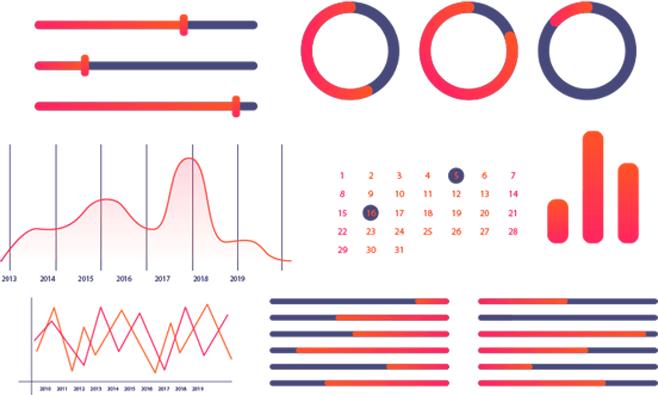
In today’s interconnected digital landscape, the importance of robust security measures cannot be overstated. Organizations of all sizes and industries face an ever-growing array of threats, from cyberattacks to data breaches, necessitating the implementation of comprehensive security policies. A well-crafted security policy suite serves as the foundation for protecting valuable assets, preserving data integrity, and ensuring operational continuity. At Cyber Morfosis, we have explored best practices and guidelines for creating such a security policy suite.
To begin with, organizations must identify the regulatory compliance requirements relevant to their industry, and to their country’s legislation. Whether it’s GDPR in Europe, HIPAA in healthcare, or PCI DSS in finance, adherence to these standards is non-negotiable. Aligning security policies with regulatory mandates not only ensures legal compliance but also enhances overall risk management. Establishing clear objectives is paramount in crafting an effective security policy suite. These objectives should encompass the goals of protecting data confidentiality, ensuring system availability, and maintaining integrity. By defining clear objectives, organizations can focus their efforts on addressing specific security concerns and allocating resources appropriately.
The involvement of key stakeholders is necessary throughout the policy development process. Collaboration between departments such as IT, legal, HR, and executive management ensures that diverse perspectives are considered, resulting in policies that are comprehensive and practical. Additionally, input from frontline employees can provide valuable insights into daily security challenges and inform policy decisions. Conducting a thorough risk assessment lays the groundwork for identifying potential threats and vulnerabilities. From external cyber threats to internal security lapses, organizations must understand the risks they face in order to effectively mitigate them. Security policies should address these risks head-on, outlining clear mitigation strategies and response procedures.
Documentation and communication are key aspects of policy implementation and enforcement. All security policies, procedures, and guidelines should be clearly documented and accessible to employees. Regular communication of security updates and policy changes ensures that employees are aware of their responsibilities and obligations. Compliance monitoring and audit mechanisms are necessary for verifying adherence to security policies and standards. Regular audits help identify gaps in security controls and ensure that policies are being effectively implemented. By proactively monitoring compliance, organizations can identify areas for improvement and take corrective action as needed.
Finally, fostering a culture of continuous improvement is essential for staying ahead of evolving threats. By soliciting feedback from employees, analyzing security incidents, and incorporating lessons learned into policy revisions, organizations can continually enhance their security posture and adapt to new challenges.
In conclusion, creating a comprehensive security policy suite requires careful planning, collaboration, and ongoing effort. By following our best practices and guidelines, such as identifying regulatory requirements, establishing clear objectives, conducting risk assessments, and implementing robust policies and procedures, organizations can effectively mitigate security risks and protect their assets, data, and operations in an increasingly complex threat landscape.